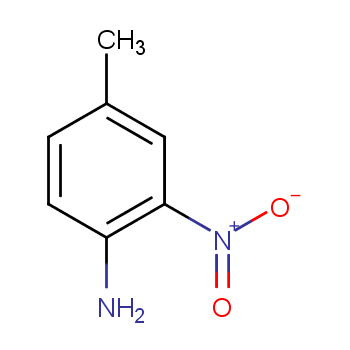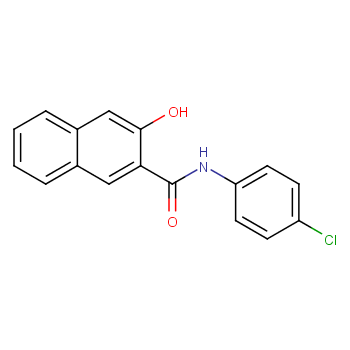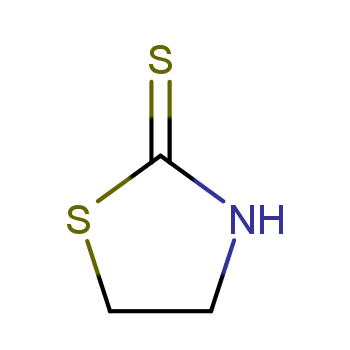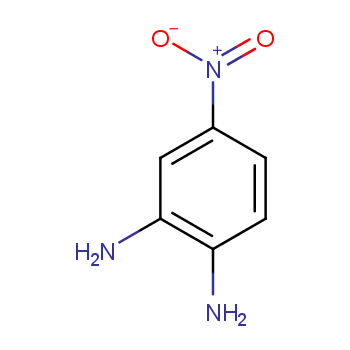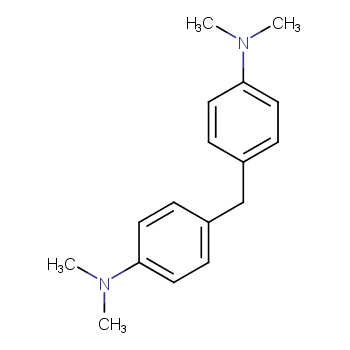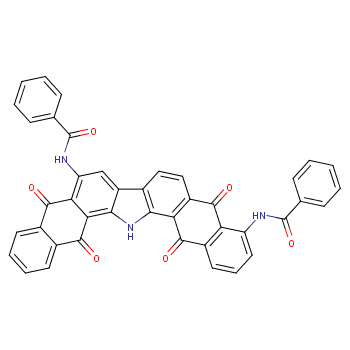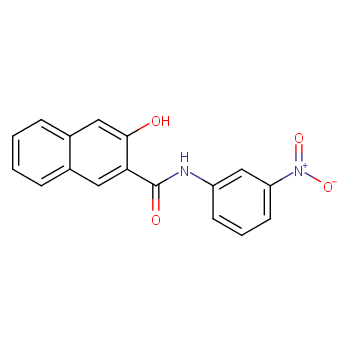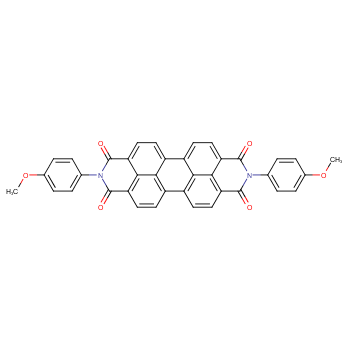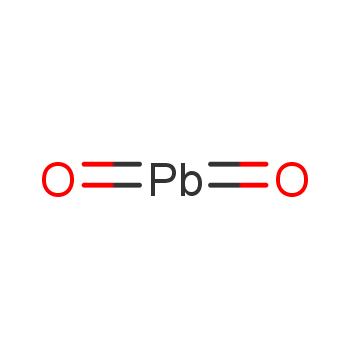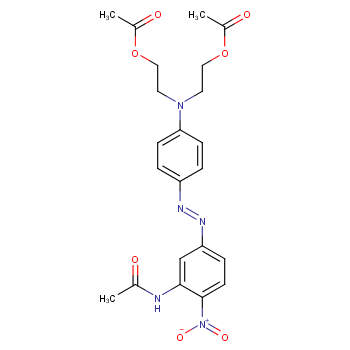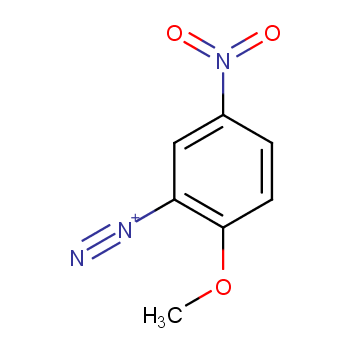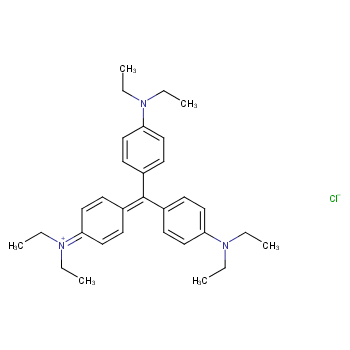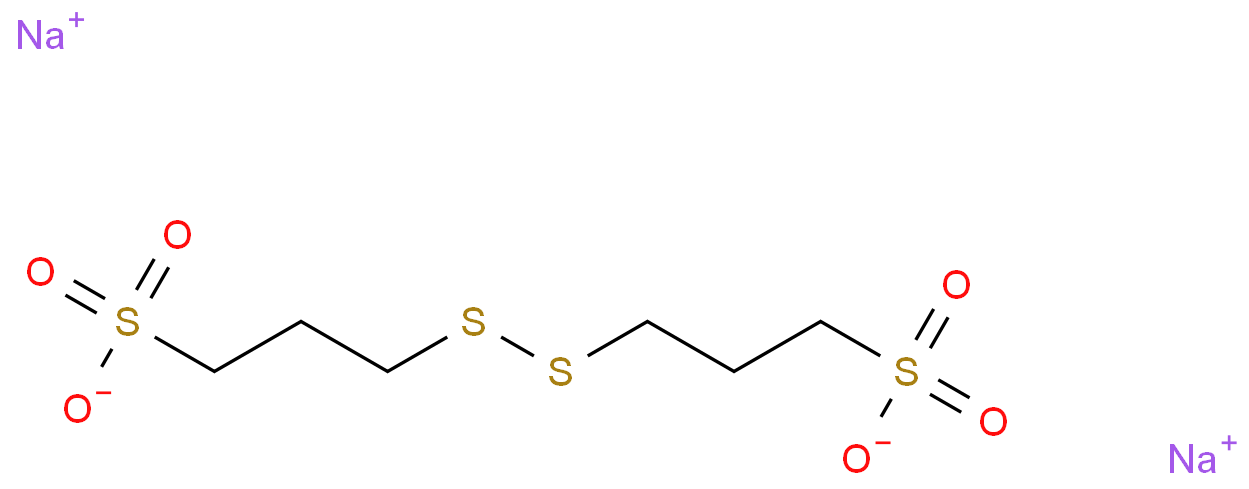In the realm of leather dyestuffs products, these coloring agents hold paramount significance during the tanning process, facilitating the realization of desired shades within leather products. Both synthetic and natural iterations of these dyestuffs abound, offered in a versatile array of forms such as powders, liquids, and pastes. Using these dyes is important for deciding the final color and look of the leather creations.
Leather Dyestuffs categories
Leather dyestuffs are categorized into three main types: acid dyes, basic dyes, and direct dyes. Each type serves a specific purpose in the leather dyeing process.
1. Acid Dyes:
Acid dyes are employed for coloring leather that has undergone prior acid treatment. These dyes bond effectively with leather fibers under acidic conditions. Acid-treated leather provides a suitable environment for these dyes to penetrate and adhere, resulting in vibrant and long-lasting colors.
2. Basic Dyes:
Basic dyes are utilized for coloring leather that has undergone base treatment. These dyes exhibit a strong affinity for leather fibers under alkaline conditions. The base-treated leather offers an optimal substrate for these dyes to permeate, resulting in vivid and resilient coloration.
3. Direct Dyes:
Direct dyes are specifically designed for dyeing untreated leather. Unlike acid and basic dyes, direct dyes do not require any pretreatment steps. These dyes directly interact with the leather fibers, eliminating the need for prior acid or base treatments. They offer simplicity and convenience in the dyeing process.
Common Leather Dyestuffs Examples:
Several commonly used leather dyestuffs fall under these categories:
Acid Black: Belonging to the acid dye group, acid black is utilized for dyeing leather that has undergone acid pretreatment. It provides deep and intense black shades to leather products.
Basic Blue: As a representative of basic dyes, basic blue is employed for coloring leather that has undergone base pretreatment. It imparts vibrant blue hues to leather items.
Direct Red: Direct dyes like direct red are suitable for dyeing untreated leather directly. They offer a broad spectrum of red shades without the need for pretreatment steps.
Sulfur Black: This dyestuff is often used in leather dyeing processes to achieve various shades of black, particularly for dark and rich tones.
.more+



